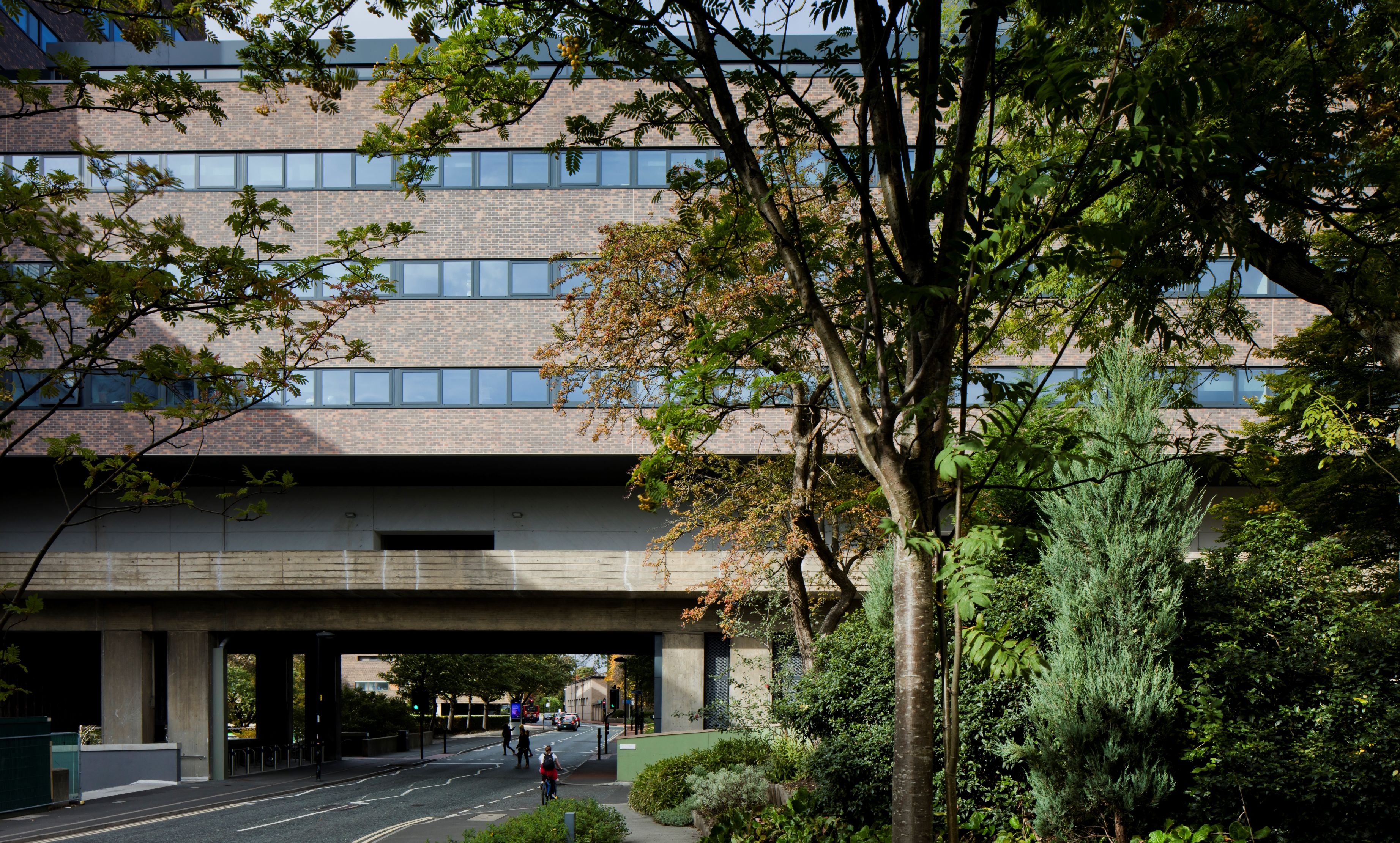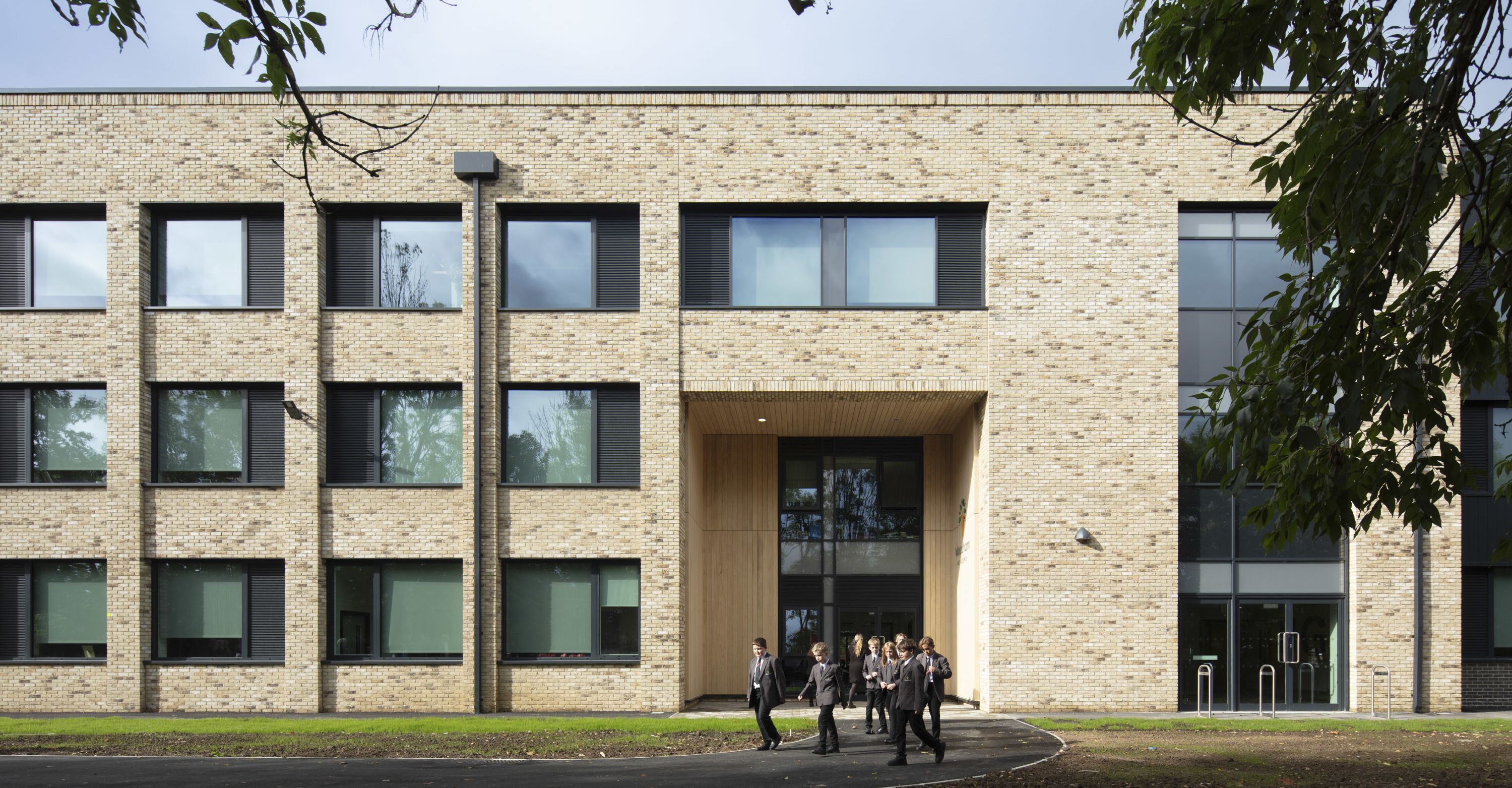
Bold by Design
The climate crisis is reshaping our profession. Every building we design today has a direct impact on the environment, on communities, and on future generations. That reality makes bold action essential.
This Green Building Week, the theme Be Bold on Buildings calls on our industry to face the climate crisis with conviction. Architecture is more than a finished structure. It is a tapestry of design, dialogue, and ambition woven together to create places with purpose. Every design decision we make carries weight, shaping carbon outcomes and influencing the climate impact of our buildings for years to come.
In order to be bold on buildings, we must first recognise the very real challenges the climate crisis brings to architecture. From resource scarcity to the need for designs that can withstand more extreme conditions, it is architects who hold many of the answers and who must help drive the change needed to prevent these challenges from escalating to catastrophic levels. The choices we make today will define whether our buildings are part of the problem or the solution.
Green buildings are more resilient assets and designing them now rather than later means they can actively contribute to climate action while delivering immediate benefits for the people who use them. Healthier indoor environments, reduced energy costs, and more accessible spaces are among the ripple effects that strengthen communities and improve everyday life. To be bold is to embrace these responsibilities and design with both present needs and future resilience in mind.

